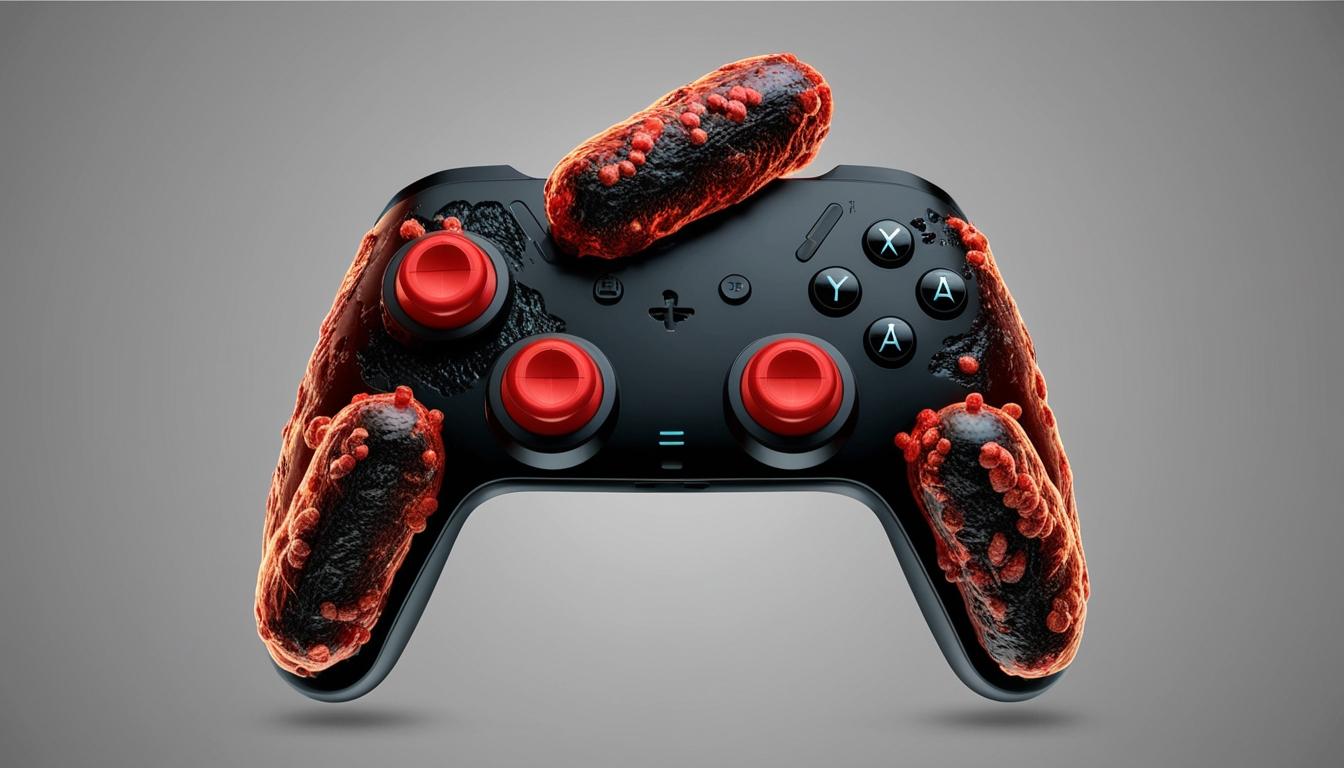A new innovation in eco-friendly design is emerging from the intersection of biology and technology, with the introduction of a BioHybrid Device, a video game controller that could potentially revolutionise the way we think about electronic devices. Created by designers Vivien Roussel, Madalina Nicolae, and Marc Teyssier, this device challenges conventional manufacturing processes by proposing a method of biotechnological fabrication that utilises living organisms.
The BioHybrid Device is cultivated through a process involving a symbiotic culture of bacteria and yeast (SCOBY). The designers have ingeniously embedded electronic components and sensors into the living matrix, allowing the device to grow organically. As noted by the designers, "what if we could biologically grow interactive devices?" This question underpins the philosophy behind the development of the BioHybrid Device, suggesting a future informed by sustainability and interaction with living ecosystems.
The core material of this gaming controller is bacterial cellulose, traditionally used for creating alternatives to leather. This bio-based material is a product of the interaction between the microorganisms involved, combining natural growth processes with the requirements of modern technology. As a result, the BioHybrid Device not only serves as a video game controller but also embodies a sustainable approach, potentially reducing the dependency on harmful plastics, such as ABS, which contribute significantly to electronic waste.
The proposal extends beyond the realm of gaming, opening possibilities for the creation of biohybrid technologies in various fields such as robotics, medical devices, and wearables. The integration of biological growth with electronics could pave the way for devices that develop and evolve, promoting a circular lifecycle where technology can eventually biodegrade rather than contribute to landfill waste.
Despite its promising potential, the BioHybrid Device does come with challenges. The production process is complex, and maintaining the functionality of such biologically grown devices may require careful management. The emergence of these innovations highlights an ongoing need for research into sustainable practices within the technology landscape, particularly as electronic waste continues to grow globally.
In conclusion, the BioHybrid Device represents a foray into a future where technology and nature coexist, offering a glimpse of how we might cultivate our devices sustainably. As industries strive to reduce their environmental footprint, innovations such as this could reshape business practices and contribute to a more ecologically responsible approach to technology.
Source: Noah Wire Services
